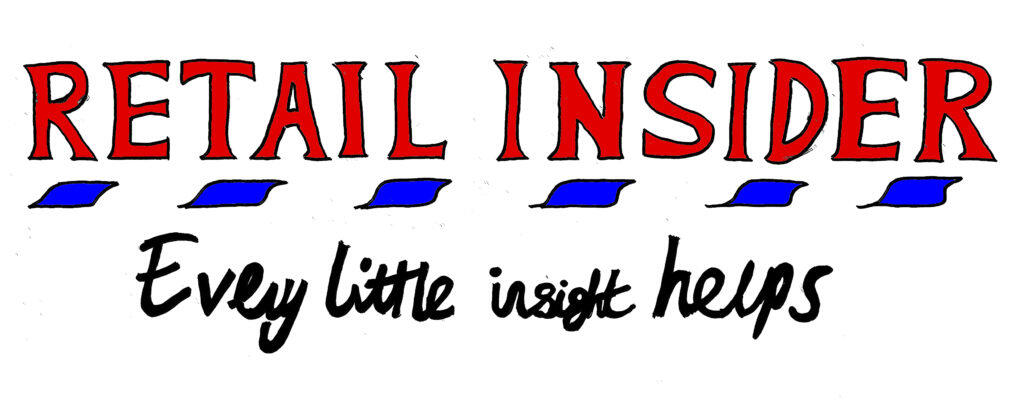Disruption drives differentiation in fashion sector
Fashion businesses are successfully adapting their models in myriad ways as Covid-19 has accelerated the industry’s key underlying trends including the increased embrace of digital channels, the rise of sustainability, and a greater focus on the supply chain.
These were some of the major themes discussed at a ‘Fuelling Innovation in Fashion’ roundtable hosted at the start of London Fashion Week by Xpedition with input from K3|pebblestone.
The primary characteristic of successful companies in the fashion space is undoubtedly an ability to adapt, which we are finding is the key differentiator between those brands that will survive and thrive versus those on a steady path of decline. This agility has enabled the more progressive businesses to implement the structural changes that have been taking place within the fashion sector over recent years.
For instance, we’ve seen bespoke suit makers from Savile Row move from typically having five face-to-face meetings with a client when buying a new suit, to instead using the latest technology to reduce this to an average of only one physical interaction. They’ve also embraced remote learning to continue to train the skills of bespoke tailoring to trainees around the globe.
Fashion companies have also had to adapt to remote working and create clothing and accessories that are better suited to Zoom rather than face-to-face meetings. There has also been the disruptive move to more casual attire that has forced tailors in particular to be particularly radical in how they have changed their ranges and adapted their business models.
This adoption of digital has been most pronounced in the sales channel where online revenues have been massively boosted by Covid-19. This has caused headaches for many companies who have suffered from poor visibility of stock across their various channels.
Phil Bacon, senior fashion consultant at Xpedition, suggests: “Visibility has fallen through the floor for many companies. They’ve been over-stocked, or under-stocked and sometimes they’ve simply bought more stock just in case!”
Visibility has fallen through the floor for many companies. They’ve been over-stocked and under-stocked.
The management of inventory in this new world is certainly proving to be a major challenge. Fashion businesses will need to get their heads around the issue because managing supply chains more efficiently will become increasingly important as sustainability moves up the agenda. The moves towards resale and circularity will require even more visibility of stock in the supply chain.
Tony Bryant, director of global business development at K3, says he has no doubt that what he calls the “post-sale” of clothing will become vital for fashion businesses. ”Kids clothing, especially at the higher end, involves outfits often lasting only three-to-six months so we could see a model evolve whereby the retailer accepts the items back [to be resold] and replaces them with the next [larger] outfit for the customer,” he explains.
The issue of returns was also discussed as a damaging theme because shoppers tend to forget about their green principles when it comes to returns. They might select a fashion brand for it environmental credentials but then demand free returns and post back products without regard for the environmental impact. One way retailers can limit returns is to adopt sizing tools but there has been a disappointing level of success from such solutions to date.
The balancing of sustainability with profitability will become an imperative and the only way this can be managed successfully is with full visibility of the inventory across the whole of a business. The quality of the data within an organisation is absolutely paramount. According to Bryant, it is only with this visibility that stores can become true showrooms, with potential fulfilment from another store or via home delivery, rather than the outlet holding racks of stock in all sizes.
The single view of stock also allows fashion businesses to more successfully leverage the value of marketplaces like Farfetch, which Bryant says can account for as much as 60% of the total value of goods sold by certain operators. “It’s the [data-driven] curation of the ranges on these marketplaces that is very important for the shopper. Collaboration with the marketplaces to decide the ranges is vital,” he says.
Data is not only about inventory of course and Bacon recognised it as an asset of great value in helping businesses acquire new customers. This chimes with a Gartner estimate that by 2025 as many as 90% of large organisations will have a chief data officer and that data will truly become a major value creator rather than being seen as a compliance headache. But this can only happen when the data is absolutely clean and accurate as it can then drive granular customer insights, which ultimately deliver personalised communications.
It was certainly apparent from the roundtable that there are many challenges faced by businesses within the fashion industry but there is sufficient agility and resourcefulness within many organisations to embrace uncertainty and discover new opportunities. Those organisations that adopt a disruptive mind-set welcoming change and aligning themselves with the right technology and collaborative partners will be the ones that successfully differentiate themselves from the also-rans.
Glynn Davis, editor of Retail Insider

